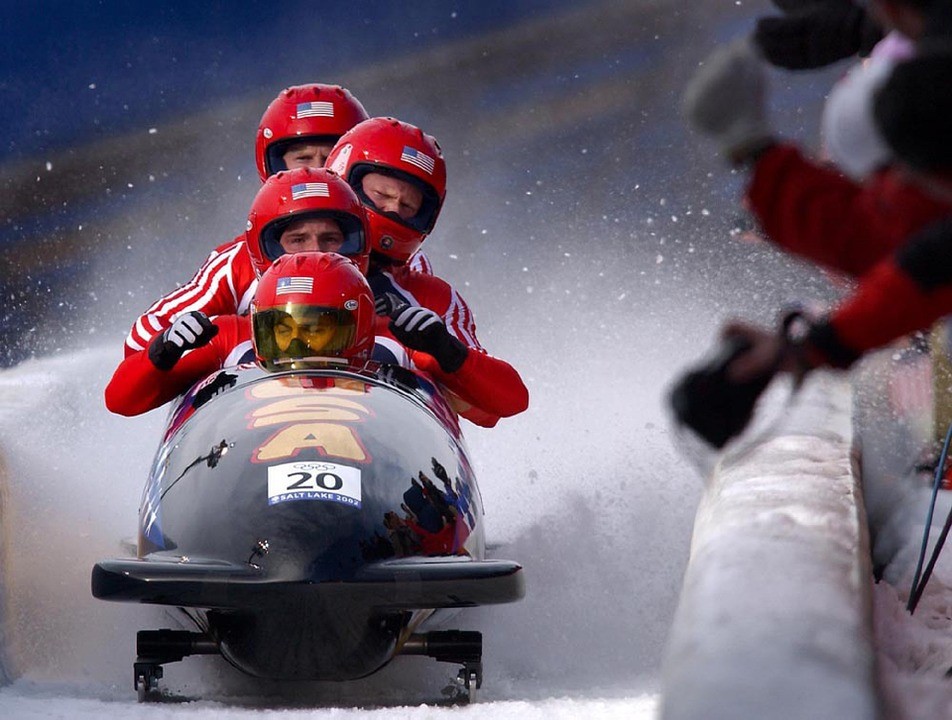
Teams
For most organizations today, teams are how most work gets done. Knowing how to build a great team at work is a critical skill. Work teams are the machinery that produce value; the better “oiled” they are, the higher the performance. While great teamwork can increase performance, teams can also create additional stress, conflict, and coordination costs.
Great Teams Outperform 10x Better
Great teams at work do not just happen. Great teams need to be purposefully designed, thoughtfully maintained, and consistently realigned as business priorities change. Great teams accomplish their goals faster, with better results, and more reliably over time.
A study at Yale found that the performance level between a working group of employees versus a great team is higher by a factor of ten. Clearly, a critical skill that should be part of every new manager training program should be knowing how to build a great team at work.
5 Elements of a Great Team at Work
Granted, every manager has their own personality and style and must work within their company’s strategy and culture as they assess and build their high performance team. But here are some constants that can be found in every high performing team. These are the five building blocks that form the foundation of that rare but achievable great team at work:
Unless each member of the team can describe in a concise sentence or two the rationale for the team, its purpose within the scope of the business, and how their goals and accountabilities contribute to overall success, the team will lack the kind of focus that consistently lifts performance.
Does each member of your team have a clear line of sight?
Make sure that your team clearly defines and agrees upon what would constitute high performance — not just normal performance — for each individual and the team as a whole. Then agree upon how high performance should be measured and monitored.
Is the definition of high performance clear to everyone on your team?
And because today’s work teams are far more diverse, dispersed, and fluid, the team mix, approach, and size need to be continuously reviewed, optimized, and improved to promote engagement and play to people’s strengths.
Does your team composition make sense?
Remember that team trust can be given, earned, and broken. Great teams trust that team members will follow through, have solid judgement and discretion, have each other’s back, respect the psychological safety of each other, and are doing the right things for the right reasons.
How does your team trust stack up?
Just make sure that increased transparency and accountability is balanced by the right levels of psychological safety, trust, empowerment, and collaboration.
Does everyone know where things stand?
The Bottom Line
A great team is a beautiful thing to watch and to be a part of. As a new leader, check your team against the five necessary elements above. Are you creating the environment required to help your team to thrive?
To learn more about how to build a great team at work, download 6 Ways to Foster Better Project Team Collaboration
Explore real world results for clients like you striving to create higher performance